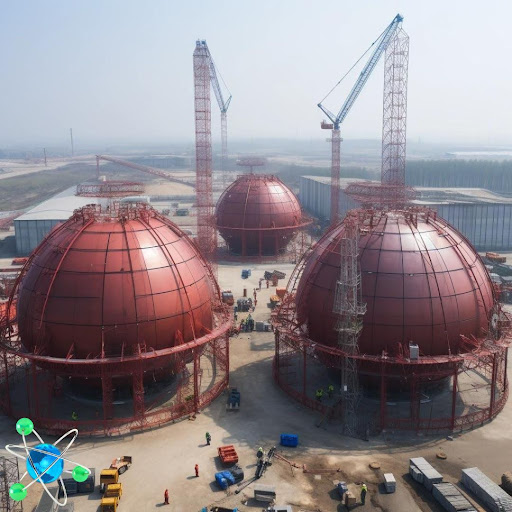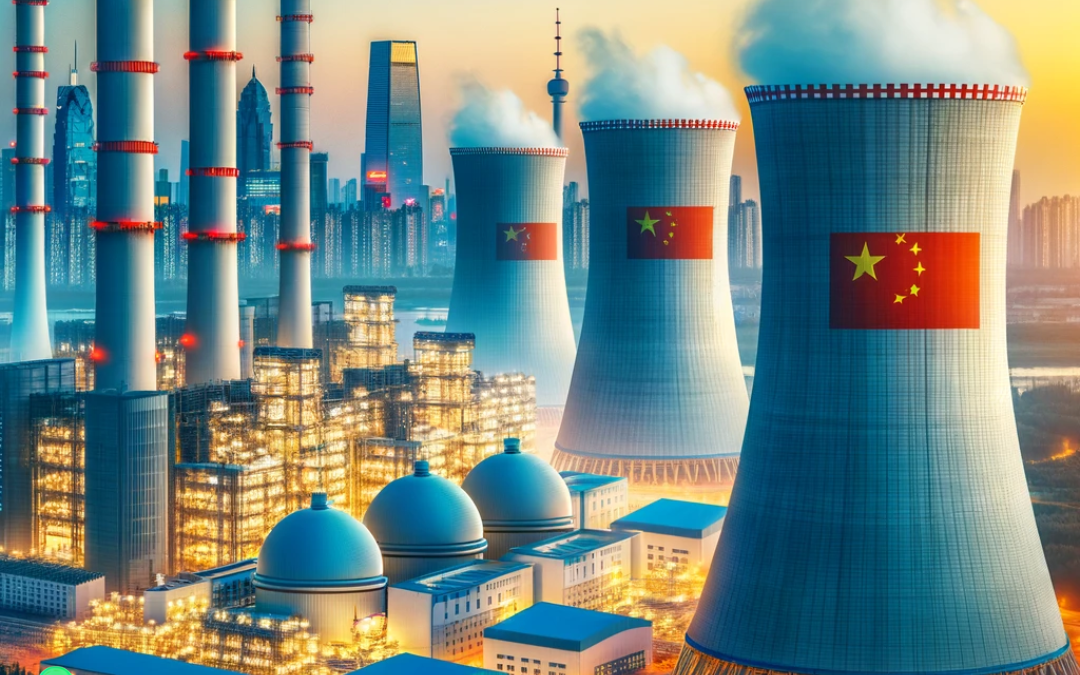
- Project Approvals: The State Council, led by Premier Li Qiang, granted approval for the construction of units 3 and 4 at the Taipingling nuclear power plant and units 1 and 2 at the Jinqimen plant, marking significant progress in China’s nuclear energy expansion.
- Construction Progress: Cold Functional Tests at Taipingling 1 and key installations at various plants, including the Changjiang and Zhangzhou facilities, showcase advancements in nuclear infrastructure. The Hualong One design’s focus on safety and containment integrity is evident in these developments.
- National Commitment: With a consistent annual approval rate, including recent endorsements for six additional nuclear power units, China reinforces its commitment to nuclear energy. The expansion plans, safety assessments, and innovative construction methods reflect the nation’s strategic approach to meet growing energy demands.
During the recent Standing Committee meeting of the State Council, chaired by Chinese Premier Li Qiang, approval was granted for the development of units 3 and 4 at the existing Taipingling nuclear power plant in Guangdong province, operated by China General Nuclear (CGN). Additionally, the committee gave the green light for units 1 and 2 at the new Jinqimen nuclear power plant in Zhejiang province, under the jurisdiction of China National Nuclear Corporation (CNNC).
The Taipingling facility, set to host six Hualong One reactors, initiated construction for its first and second units in 2019 and 2020, respectively. Unit 1 is slated for start-up in 2025, followed by unit 2 in 2026. Notably, Cold Functional Tests at Taipingling 1 commenced on December 22, marking a significant step in assessing the readiness of reactor systems and auxiliary components. These tests verify the proper installation of safety-critical components and systems, ensuring they can operate efficiently in cold conditions.
Similarly, approval was granted for units 1 and 2 at the Jinqimen plant, recognized in the national plan and subjected to a comprehensive safety assessment review by CNNC. CNNC’s subsidiary, CNNC Zhejiang Energy Co Ltd, will oversee project investment, construction, and operational management for this new plant.
China’s State Council had previously sanctioned the construction of six nuclear power units on July 31, including units 5 and 6 of the Ningde plant in Fujian Province, units 1 and 2 of the Shidaowan plant in Shandong Province, and units 1 and 2 of the Xudabao plant in Liaoning Province. With the recent approvals, the total number of nuclear power projects sanctioned in 2023 equals that of the previous year, totaling ten.
The Hualong One design, characterized by a double-layered containment structure, emphasizes the integrity and leak tightness of the reactor building. In a recent announcement, CNNC highlighted the successful installation of the inner dome of the containment building for unit 4 at the Changjiang plant in Hainan province and the outer dome of unit 2 at the Zhangzhou plant in Fujian province on December 27 and 28, respectively.
Simultaneously, on December 25, the reactor pressure vessel of unit 3 at the Sanmen plant in Zhejiang province was lifted into place using the “open-top method,” utilizing a 2600-tonne crane. This method involved installing the vessel, weighing over 271 tonnes, before hoisting the containment building’s dome into place. The Sanmen plant’s Phase II, featuring two CAP1000 reactors (the Chinese version of the AP1000), is scheduled to commence operations in 2027 and 2028, building on the success of the existing Westinghouse AP1000 units at the site. The first safety-related concrete was poured for the nuclear island of Sanmen 3 on June 28, officially marking the commencement of its construction.

